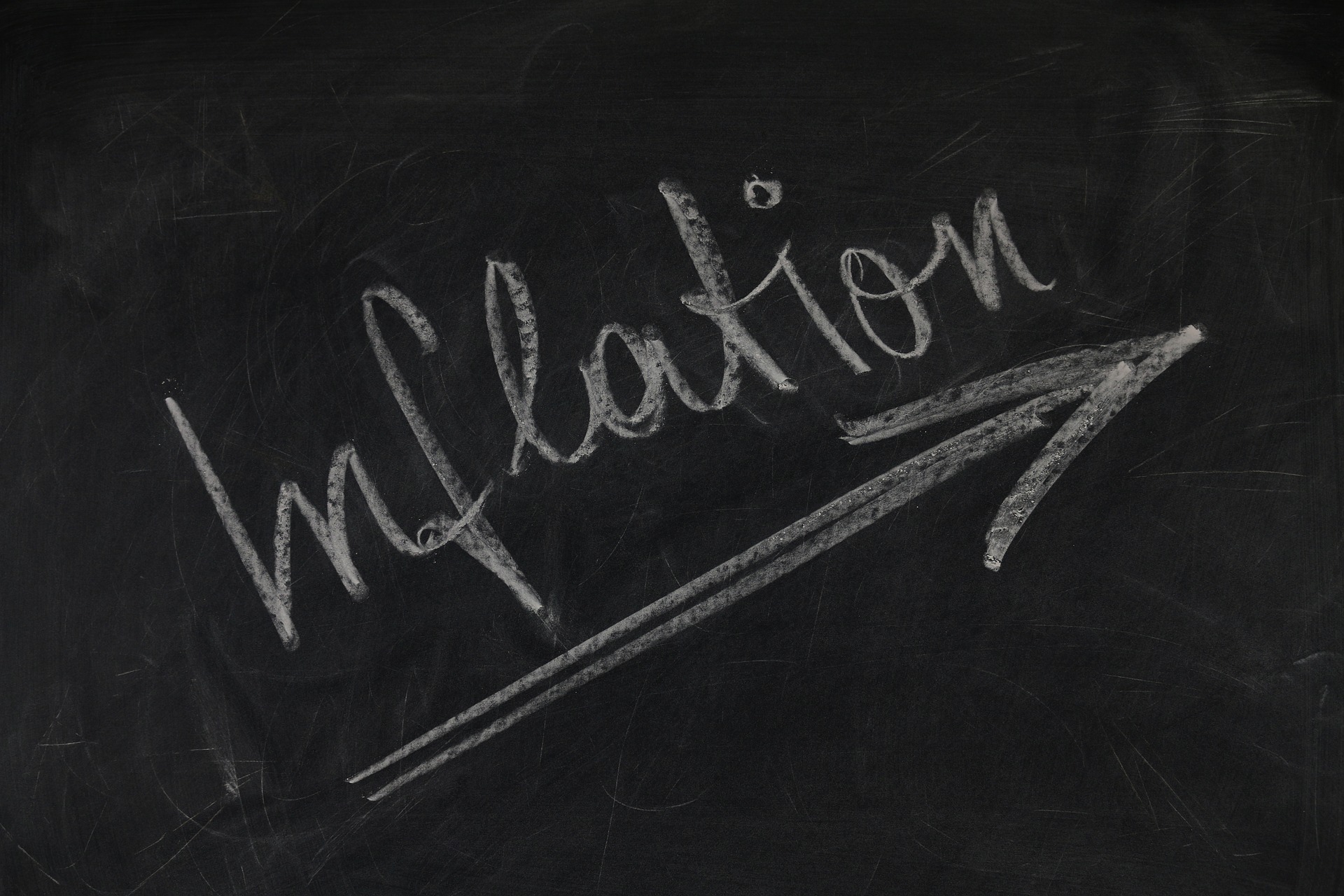The Federal Open Market Committee (FOMC), which sets the Federal Funds target rate, spent most of the last six months telling anyone who would listen that rates were going up, and that the U.S. economy was improving. The market was reluctant to listen. After all, the Fed threatened to raise rates for nearly two years before they finally bumped them up in December.
In May, it seemed members of the FOMC were getting fed up with the public ignoring them, and practically shouted that they would raise rates in June. Grudgingly, parts of the bond market started to price in a rate hike. Short term rates crept up. The ten year Treasury yield even tip-toed toward 2% again.
Then the May jobs report happened. Not only well below estimates, but well below the prior pace of job growth, it stopped everyone in their tracks. The Fed went strangely quiet prior to their June 13-14 meeting and then, not surprisingly, did not raise rates.
“See!” cried the market. “We knew you couldn’t raise rates.” And so the ten year Treasury yield today is around 1.56%, twenty basis points under where it was a month ago, and the FOMC has lost a little bit more of its credibility.
This is what happens when the Fed tries to predict the future instead of simply setting monetary policy according to what the economy is indicating. The idea of inflation suddenly skyrocketing was a real fear several years ago, after bail outs and quantitative easing and a general rush of money into the markets. But since then we have struggled to get inflation to even stumble towards the goal of 2%. Setting the Fed Funds rate by that fear would be like buckling your seat belt after you’ve already gotten home and parked.
Other than inflation, the only possible reason the Fed could have to raise rates in the current environment is “normalization” of monetary policy. Long term interest rates have been low for quite some time, and there could be a desire to bump them up. But those rates are set by supply and demand, as executed by thousands of bond traders and investors making up-to-date decisions every hour, minute, or second. Not by twelve people who meet eight times a year in a locked room. Besides that, “normal” is a relative term. In the 1980s it was “normal” to pay 12% interest on a mortgage. The Fed can’t seek to “normalize” policy when the global situation is different from what it once was.
The Fed needs to stop trying to influence markets. The markets react to the economy, and, to a certain extent, to what the Fed says (remember the “taper tantrum”?). The U.S. economy is a massive, complex, constantly mutating organism. It provides more than enough data for investors and professionals to make assessments, without the Fed constantly throwing in their two cents. The Fed should react to the economy as well, and stop trying to tell the markets what to do. Then perhaps we’d have fewer wild swings in stock and bond markets after every FOMC meeting.
As you know, we’ve been expecting rates to remain low, so this is no surprise to us at Cooper Capital. Given the lack of global progress, we don’t anticipate much change for the rest of 2016. If the Fed (mistakenly) tries to raise rates again, we will likely see a further flattening of the yield curve, and, unless something changes, we’d soon see the Fed reverse direction. Interest and principal payments on CMOs remain strong, and we don’t expect any major adjustments in the foreseeable future.
This information is not intended to be used as the only basis for investment decisions, nor should it be construed as advice designed to meet your particular needs. You are advised to seek the advice of your financial adviser, legal or tax professional, prior to making any investment decision based on any specific information contained herein.





